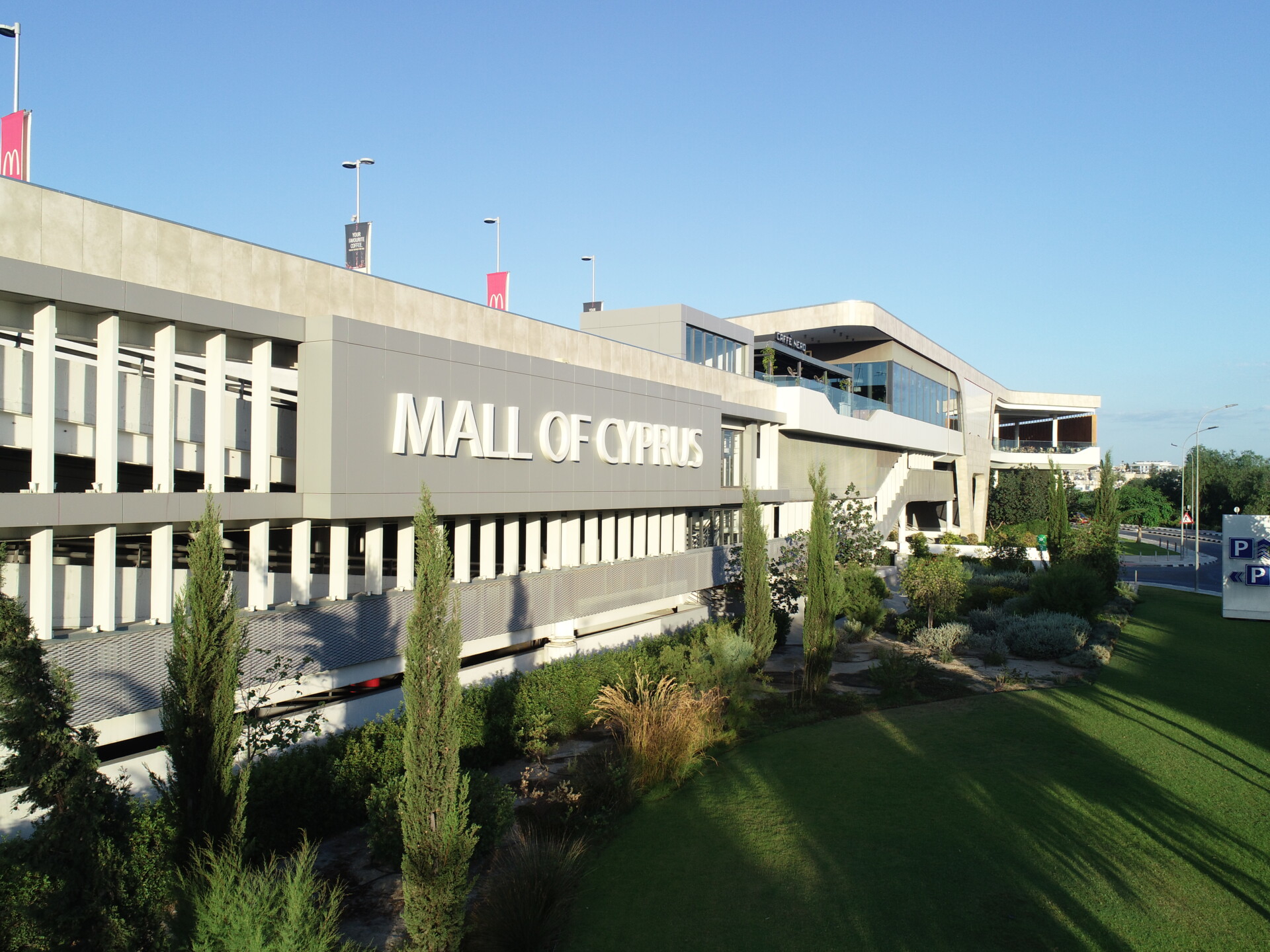The Mall of Cyprus (MC) Plc has reported a rise in operating profit and net profit after tax for the first half of 2025 while confirming that no significant changes are expected in its operations, financial position or performance in the foreseeable future.
The company said its principal activity, which remains unchanged from last year, is the leasing and granting of rights of use of space at its property, the Shacolas Emporium Park, which includes a shopping mall, an IKEA store and other retail and commercial developments.
Revenue for the six-month period was €9,626,770 compared with €9,795,143 for the same period in 2024.
The operating profit for the period was €7,422,904 compared with €7,225,766 a year earlier.
Net profit after tax rose to €4,750,965 compared with €4,442,866 in the first half of 2024.
As of June 30, 2025, total assets were €244,391,951 compared with €240,621,374 as of December 31, 2024, while net assets rose to €120,809,851 from €116,058,886 at the end of 2024.
The board of directors said the financial position, development and performance of the company as presented in the financial statements are considered satisfactory.
The principal risks and uncertainties faced by the company are disclosed in note 28 of the financial statements.
The Board said it does not expect any significant changes or developments in the operations, financial position or performance of the company in the foreseeable future.
The company said it is exposed to interest rate risk, credit risk, liquidity risk and capital risk, and that risk management is carried out by management and approved by the board of directors.
It added that management identifies, evaluates and hedges financial risks in close cooperation with the company’s operating units, while the board provides written or oral principles for overall risk management as well as specific policies covering areas such as interest rate risk, credit risk and the investment of excess liquidity.
The company said its interest rate risk arises from long-term borrowings.
It explained that borrowings issued at variable rates expose the company to cash flow interest rate risk and that all borrowings as at June 30, 2025, are at variable rates except as disclosed in the financial statements.
Liabilities bearing variable interest rates amounted to €99,104,331 as of June 30, 2025, compared with €100,311,185 as of December 31, 2024.
Management said it monitors interest rate fluctuations on a continuous basis and acts accordingly.
The company confirmed it does not apply hedge accounting for cash flow interest rate risk.
Credit risk, the company said, arises from cash and cash equivalents, deposits with banks and financial institutions, contractual cash flows of debt instruments carried at amortised cost, as well as credit exposures to licensees including outstanding receivables and committed transactions.
Credit risk also arises from intragroup guarantee arrangements in which the company participates.
Management assesses the credit quality of lessees by taking into account their financial position, past experience and other factors.
It said that individual credit limits and terms are set based on the credit quality of each lessee in accordance with limits set by the board, and that the utilisation of credit limits is regularly monitored.
As of June 30, 2025, trade and other receivables amounted to €1,328,719 net after cumulative expected credit losses of €478,088 compared with €2,132,484 net after cumulative expected credit losses of €509,809 as of December 31, 2024.
Loans receivable totalled €1,001,024 compared with €976,692 at the end of 2024, and bank balances stood at €18,467,119 compared with €9,302,179 as of December 31, 2024.
Management said it monitors the company’s liquidity position based on expected cash flows and revenue receipts, adding that on a long-term basis liquidity risk is assessed when entering new credit facilities or loans and based on budgeted forecasts.
It added that it believes it is successful in managing the company’s liquidity risk.
The company said its objectives in managing capital are to safeguard its ability to continue as a going concern, provide returns for shareholders and maintain an optimal capital structure to reduce the cost of capital.
It added that in order to maintain or adjust the capital structure, it may adjust the amount of dividends paid to shareholders, return capital to shareholders or issue new shares.
The company monitors capital on the basis of the gearing ratio, calculated as net debt divided by total capital.
Net debt is calculated as total borrowings minus cash and cash equivalents, while total capital is calculated as equity plus net debt.
As of June 30, 2025, the company’s net debt amounted to €80,629,450 compared with €91,001,891 as of December 31, 2024.
Total equity stood at €120,809,851 compared with €116,058,886 at the end of 2024, resulting in a gearing ratio of 40.03 per cent compared with 43.95 per cent as of December 31, 2024.
The board of directors also stated that it does not recommend the payment of a dividend.
Finally, the company said that a level of uncertainty exists due to challenges such as inflationary pressures stemming from geopolitical tensions like the Russia-Ukraine conflict, which could impact the stability of the Cyprus economy.







Click here to change your cookie preferences